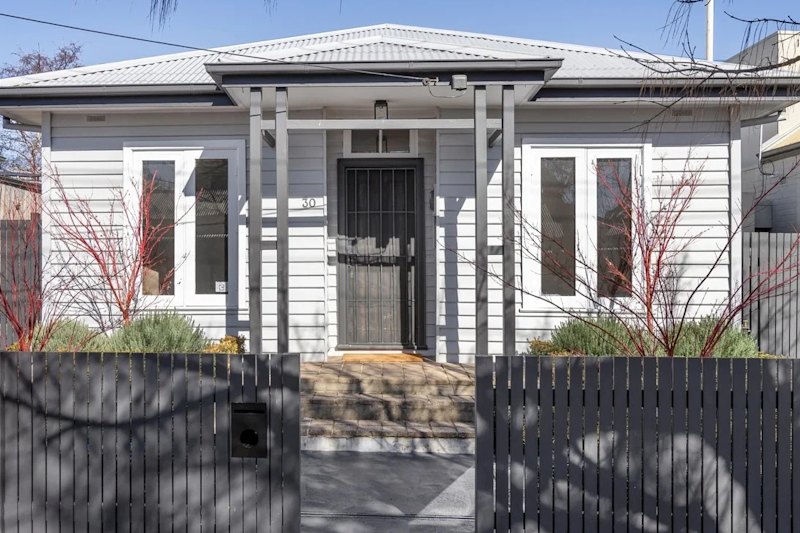Prepare your household for moving

Start by determining your moving date and locking in a removalist, or planning the execution of a DIY move. Then you can be confident you will have the help you need on moving day and reduce the likelihood of nasty moving surprises. The Australian Furniture Removers Association (AFRA) recommends a six-week plan, but if you are moving interstate you may want to allow extra time.
You should always obtain several quotes when looking for a removalist. To make the quoting process as accurate as possible, undertake a thorough audit of your existing and new homes’ contents so you can decide what you’ll be taking with you and let the removalist know. Many removalist companies will conduct an onsite, obligation-free assessment and it is worth considering using an accredited removalist company. Also, factor in moving insurance when budgeting your costs, as this can save you money in the long run.
Consider these key preparation steps to get your household ready for moving home.
1. Condense and declutter
There is NEVER a better time to spring clean your home than before a move. Be ruthless − come moving day, you will be thanking your lucky stars. A good pre-move clean-up will also give you a fresher start in your new home. Now is the time to upgrade those old appliances, electronics and furnishings.
Sort through your wardrobe and those items tucked away in the back of cupboards, attics and sheds – and decide what is worth keeping, donating, recycling or selling. Websites like Gumtree and eBay can be an excellent way of selling your goods, or you may consider using an auction house or pawnbroker, or even holding a garage sale. You could also sell items by telling friends on social media.
Getting rid of large household items can be costly and inconvenient so take note of any free local council clean-up dates prior to your move. It is possible to organise council disposal outside of the pre-arranged dates, but this can cost around $50 an item. If you are taking items to the tip you will be charged a fee on top of any transport arrangements you need to make. Some charities will collect furniture donations but may be choosy about the type of product and its condition. It is also wise to liaise with your council in relation to harmful substances that need to be disposed of, such as fuel, glass, paints and fertilisers.

2. Organise storage
If you want to keep items that simply won’t fit in your new home, organise storage before moving house. It may be worth plotting the dimensions of key furniture items on a floor plan of your new home to check available space.
Storing items before moving will save time on moving day, but if this is not an option, incorporate a drop-off to the storage facility on the moving day itself. Make sure you set aside and label the items to be stored and clearly communicate this to your removalists so they can pack the truck accordingly.
3. Think utilities and services
Contact your utility providers to arrange final readings of your utilities service meters and to discuss the relocation of your services. Moving home offers an opportunity to shop around, and may mean changing providers or simply re-negotiating with your existing provider.

The installation of internet, phone and pay television services can be complicated. Keep in mind that not all buildings have access to the necessary cabling for broadband or pay television. Try to find out as much technical information as possible about your new property from the real estate agent and existing provider.
Organise mail re-direction with Australia Post and communicate your change of address to key service providers such as Medicare, the RTA, the Australian Taxation Office and your financial institutions. Let your cleaner, gardener and other domestic service providers know you will be moving home and re-book the services for your new residence if appropriate.
4. Plan the moving day
If you have children or pets, the safest option is to have them out of the way on the big day. Organise babysitting or another care option well in advance. Talk to your vet if you are moving pets interstate or overseas as your pet may need vaccinations or quarantine.

Consider transport for you and your family on the day, as well as parking and general access at each end of your move. It can be helpful to have multiple sets of house keys on hand, and you’ll need to know about security gates and alarm codes at your new home. If you are changing the locks on your new home, book a locksmith ahead of the moving day.
Moving is a big enough ordeal without the worry of cleaning your old home. Hiring cleaners is a good idea and they should be booked well in advance. Thorough cleaning is particularly important if you are renting and the final inspection determines the return of your bond.
Stagger your moving out and moving in dates so your move is less pressured.
5. Pack to perfection
Organise boxes sooner rather than later so you can pack non-essential items ahead of time, avoiding a last minute packing frenzy. This will also aid the culling process by encouraging you to start sorting your possessions. Borrow boxes from friends or get new or secondhand packing boxes from your removalist or storage site (pre-used boxes are cheaper). If you have opted to take out moving insurance, items may need to be packed in a specific way for the insurance to be effective, so check this before getting started.

If you have the original packaging for electronic goods or homewares, all the better. If not, make do with bubble wrap, newspaper and regular boxes. Clear labelling is a must. If possible, specify on the label which room of the new house the box belongs in to make moving day easier. Don’t give too much information away though, as you don’t want to encourage theft of valuable items.
Re-enforce the bottom of boxes with extra tape, and when packing fragile items pad everything. Always put paper (butcher’s paper won’t mark like newspaper) or bubble wrap between plates and around glasses. Test the weight of the boxes you are packing to make sure they aren’t too heavy. With heavy items such as books, only fill the box to half its capacity and then add something light such as cushions.
Final tips: tape up cupboard doors and drawers, and dangling electrical cords; consider wrapping furniture in plastic; review whitegoods and electrical product manuals for moving advice; and talk to your removalist about preparing and transporting fragile items such as paintings or antiques.
Continue reading our Moving House Guide with: How to choose a trusted removalist
We recommend
We thought you might like
States
Capital Cities
Capital Cities - Rentals
Popular Areas
Allhomes
More








